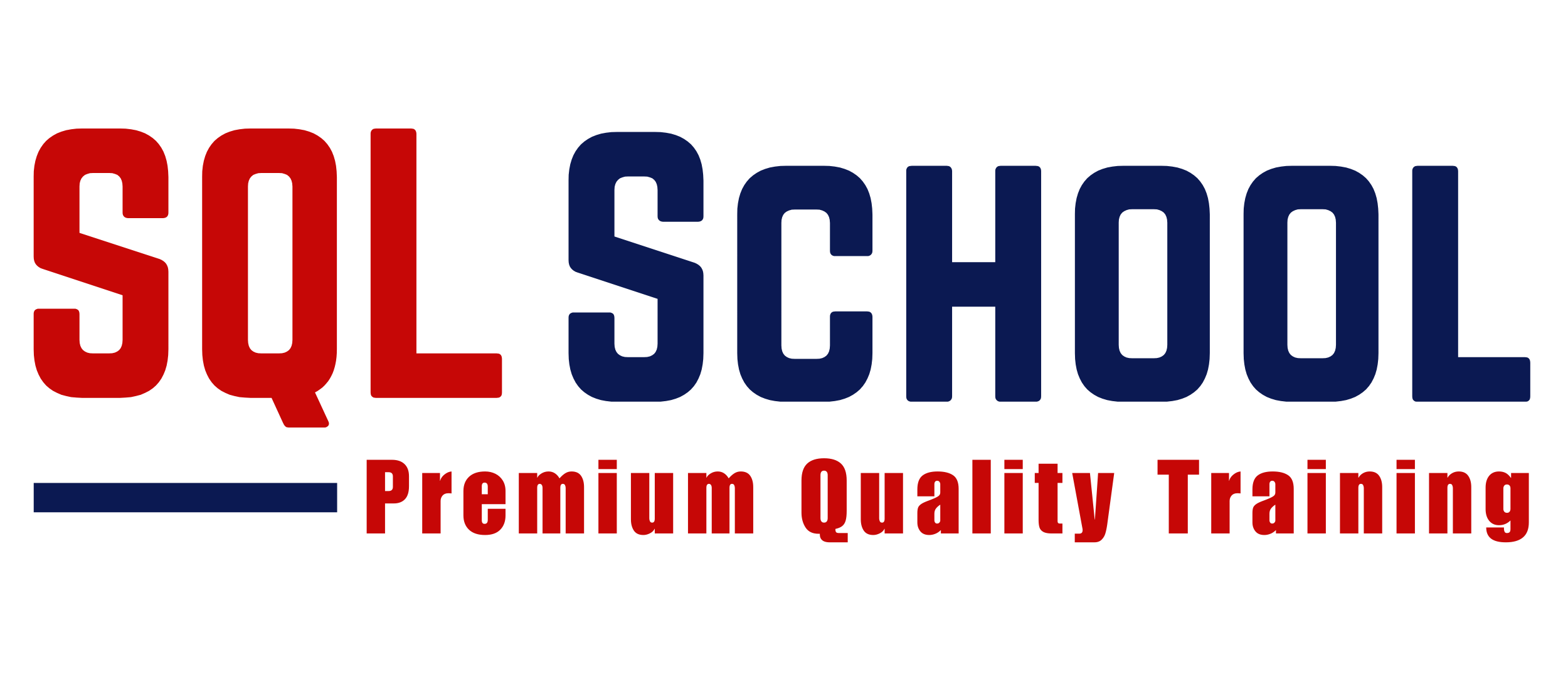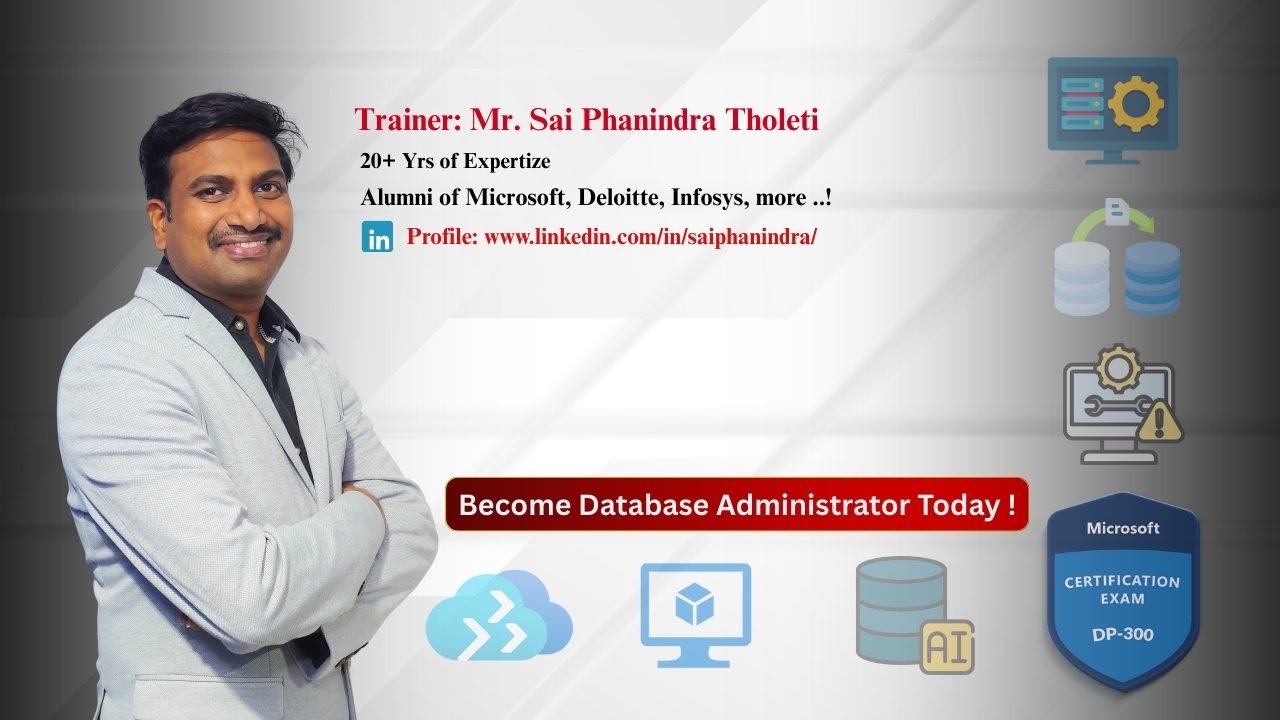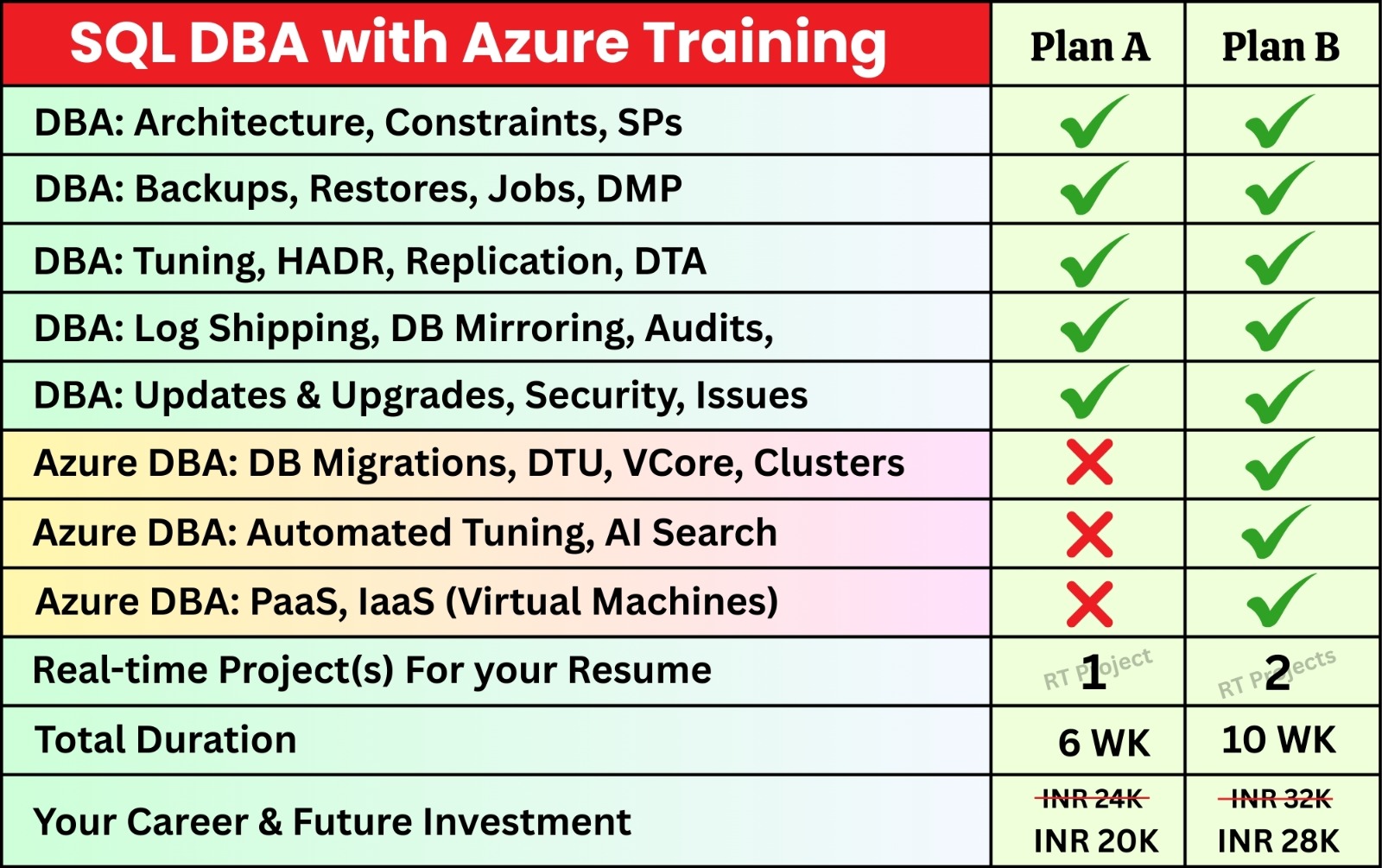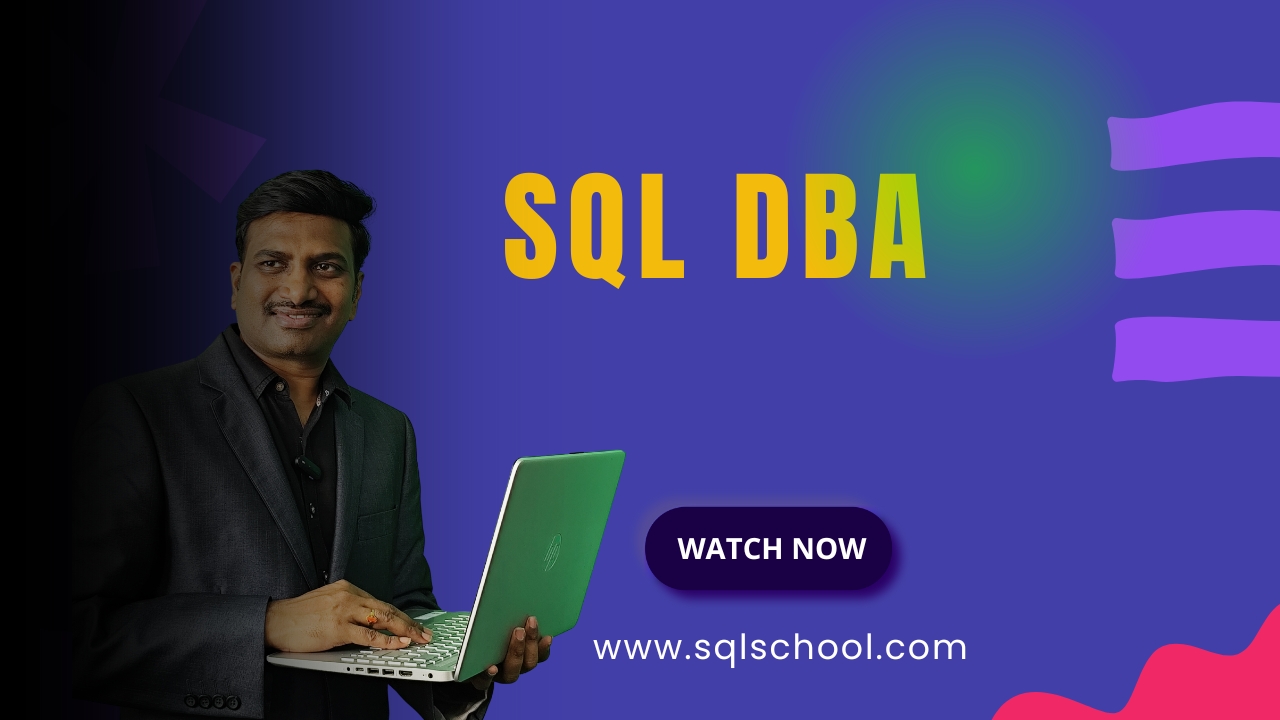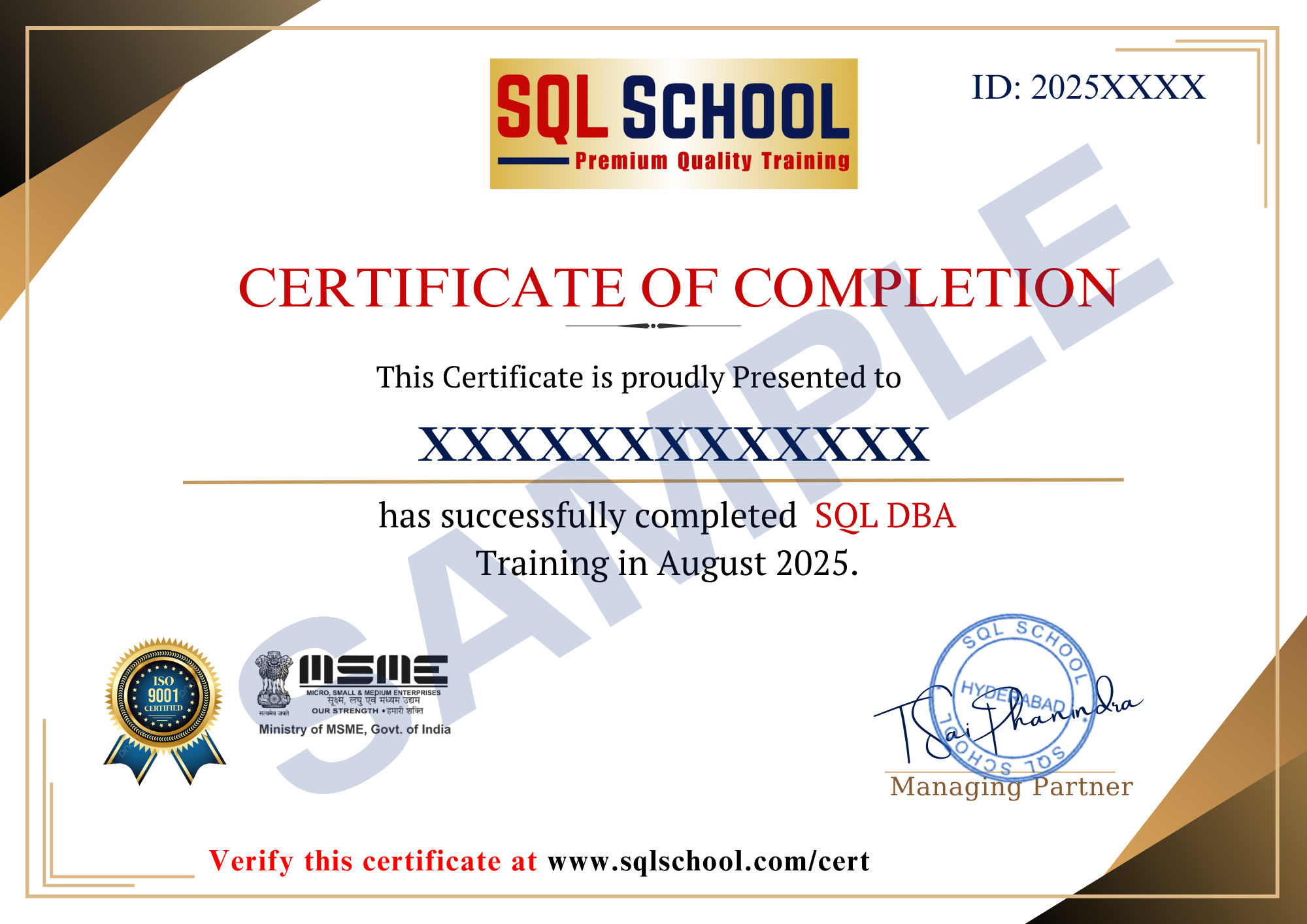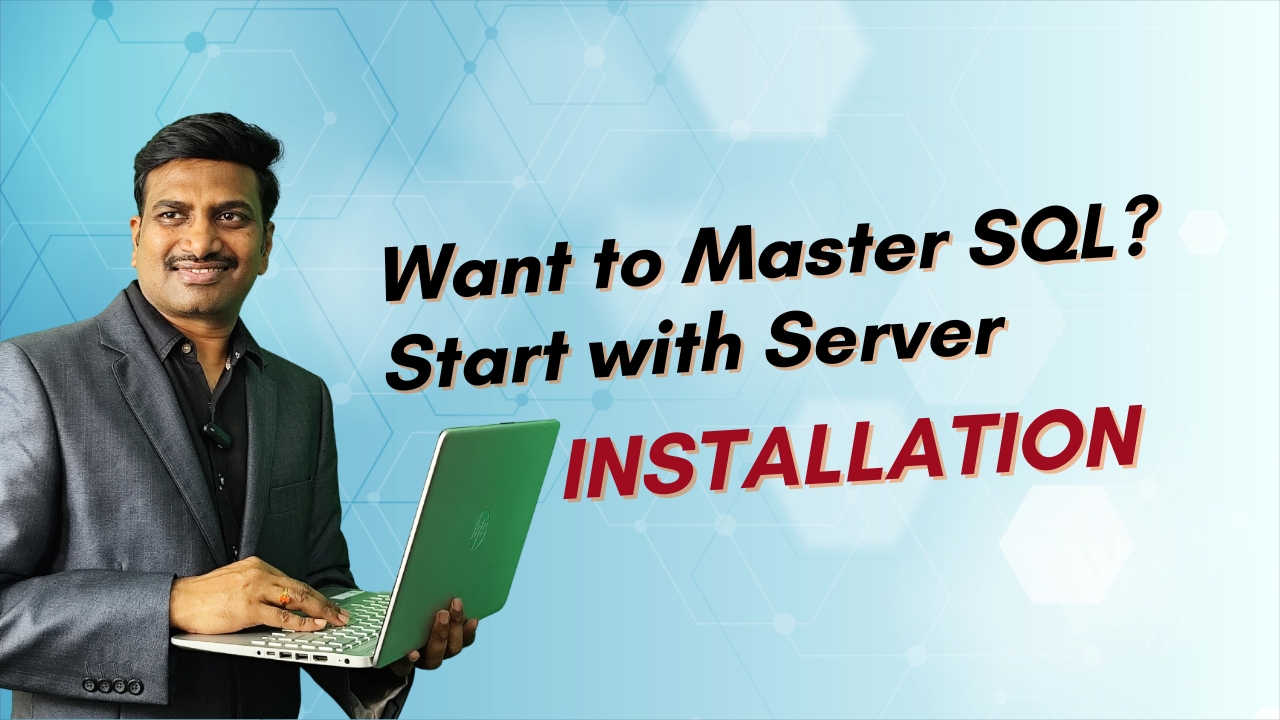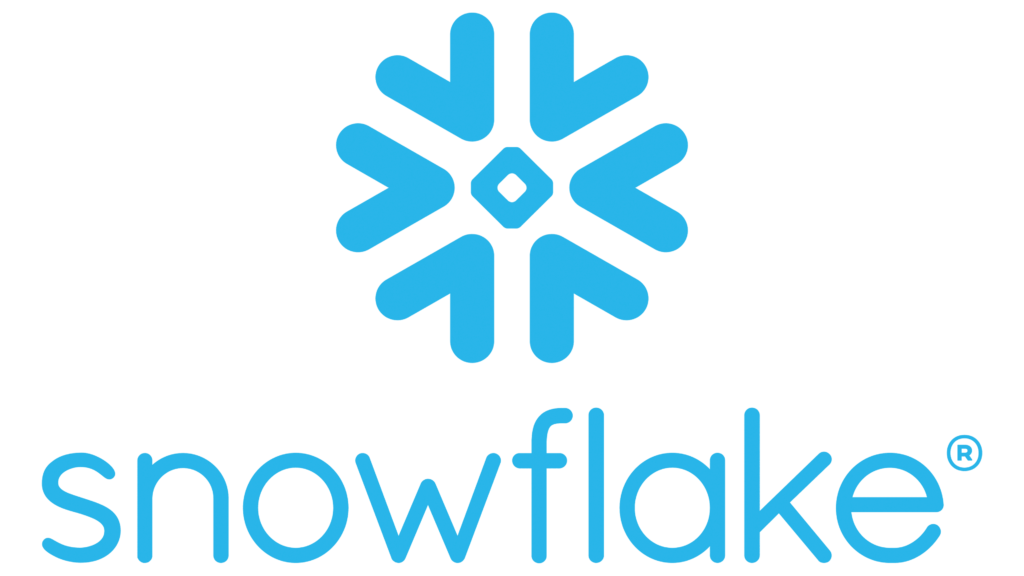Freshers looking to start a career in data or analytics
Working professionals wanting to shift to Python, Data Science, or ETL roles
Students from any background interested in tech and data
IT and Non-IT professionals aiming to upskill
Anyone with basic computer knowledge and a passion for learning
No prior coding experience is required. All concepts are taught from scratch
